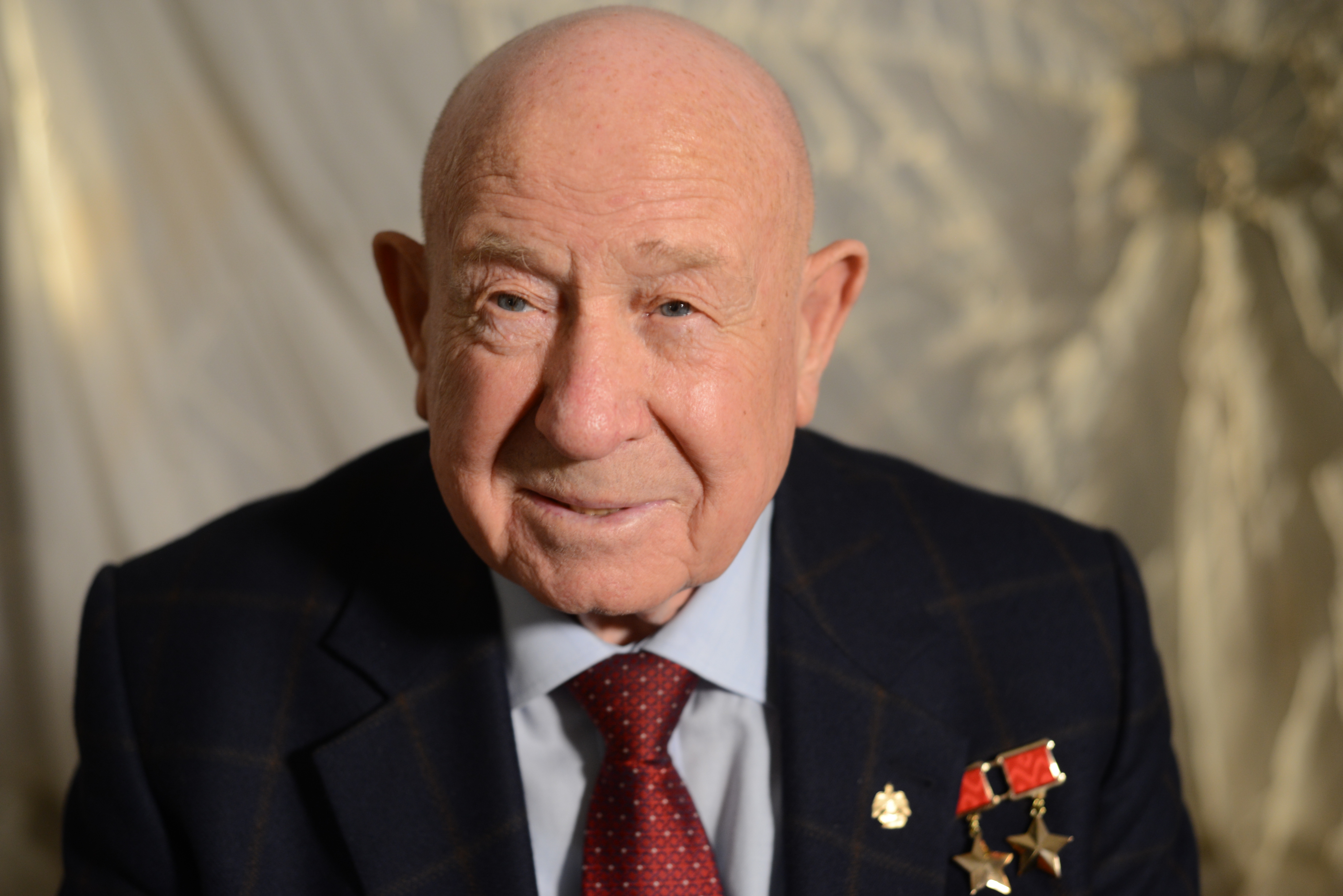High Flyers: Aerospace Tech Stars in 'Survival in the Skies' (New Clip)
Smithsonian Channel's "Survival in the Skies," premiering tonight (Nov. 28), documents the moments of genius and danger as humans learned how to brave the high speeds, low oxygen density and hazardous heights of air and space travel.
The miniseries focuses on four key technologies that sustain humans above the Earth: spacesuits, ejector seats, parachutes and jet engines. According to Tim Evans, an executive producer on the series, those four provide a fascinating look at how technology has aided our ascent to the skies.
"It's not necessarily transportation — it's how do you survive in a region where you're supposed to die," Evans told Space.com, "whether that's space, or another planet, or going really fast through the air." [Evolution of the Spacesuit in Pictures (Space Tech Gallery)]
As seen in the clip above, the first episode focuses on spacesuits and their predecessor, the protection developed for high-altitude, open-air planes. With each advance, fliers risked their lives testing the suits for the first time.
A notable example, Evans said, is the first human to venture outside a spacecraft: the Russian cosmonaut Alexei Leonov, who went on a groundbreaking spacewalk in 1965. In the episode, Leonov himself takes viewers through the unexpected dangers that arose in testing a spacesuit in the vacuum of space for the first time.
"We were really lucky to get that great interview," Evans said. "He steps out into space, the first human to walk into space, and then realizes he can't get back in, because no one thought about [the fact that] a pressurized suit's going to expand in outer space. He figured out a way to get back in by letting the air out, which is not something you normally should do."
The episode traces the spacesuit's evolution to the modern, automated life-support system, and also looks beyond, to what suits might look like for astronauts exploring the solar system. It features interviews with spacesuit designers and historians as well as the astronauts and cosmonauts who wear the suits.
Get the Space.com Newsletter
Breaking space news, the latest updates on rocket launches, skywatching events and more!
"We had the final interview with Gene Cernan, the last man to walk on the moon — and we were very lucky to get that — and his description of space kind of sums it up. He calls [the spacesuit] his own private little spacecraft," Evans said. "That is a completely different way of looking at it from the original pressure suits with which you try to keep someone from passing out.
"It will be changing and developing as we move on and as the next generation is looking at how do you go about moving around on a different planet regularly," Evans added.

Ejection seats, the subject of Episode 2, followed a similar trajectory; they started as simple devices that used compressed air to shoot a pilot who was in danger out of an aircraft. Now, they're $100,000 flying machines that help guide their riders to safety, Evans said. While parachutes, profiled in Episode 3, haven't changed in principle from Renaissance-era technology, engineers have adapted the technology for extreme feats like dropping a rover on Mars. And jet engines, the subject of Episode 4, are essential to travel and the world's economy today, Evans said. Someday, the next generation of jets may even be able to boost fliers into space.
"We are now on the cusp of the second great evolution of space travel and aviation," Evans said. "Private companies are taking over and making the necessary breakthroughs. This is a look back at the first evolution of that technology and the breakthroughs that make the current evolution possible."
"Survival in the Skies" begins tonight (Nov. 28) at 9 p.m. Eastern and Pacific times.
Email Sarah Lewin at slewin@space.com or follow her @SarahExplains. Follow us @Spacedotcom, Facebook and Google+. Original article on Space.com.
Join our Space Forums to keep talking space on the latest missions, night sky and more! And if you have a news tip, correction or comment, let us know at: community@space.com.

Sarah Lewin started writing for Space.com in June of 2015 as a Staff Writer and became Associate Editor in 2019 . Her work has been featured by Scientific American, IEEE Spectrum, Quanta Magazine, Wired, The Scientist, Science Friday and WGBH's Inside NOVA. Sarah has an MA from NYU's Science, Health and Environmental Reporting Program and an AB in mathematics from Brown University. When not writing, reading or thinking about space, Sarah enjoys musical theatre and mathematical papercraft. She is currently Assistant News Editor at Scientific American. You can follow her on Twitter @SarahExplains.









